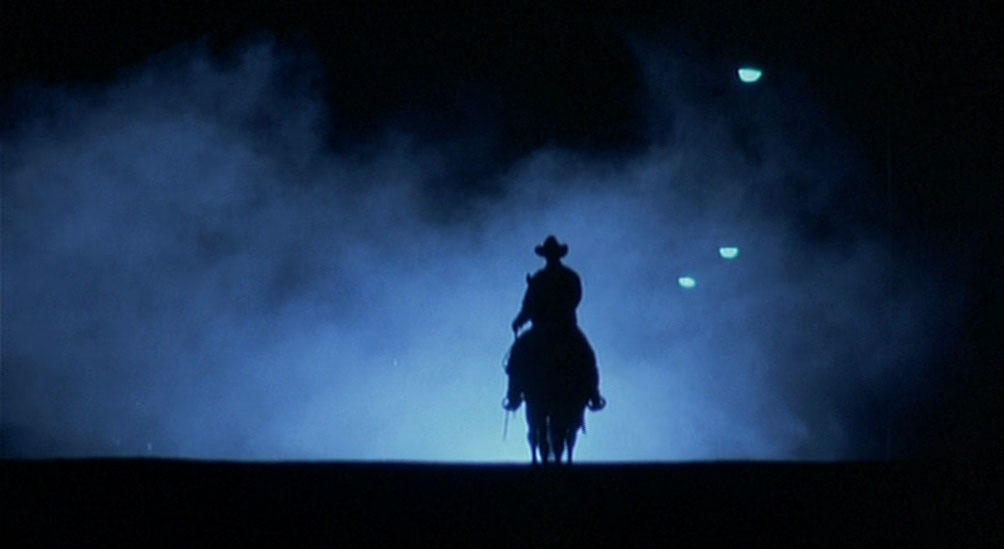The Western
English 261 investigates a history of US film culture through the lens of the cinematic Western.
Film studies scholar Robert Ray once wrote that “many of Classic Hollywood’s genre movies, like many of the most important American novels, were thinly camouflaged westerns.” English 261: The Western, taught by Professor John Sanders, investigates film form, genre, and history through the lens of the cinematic Western, in all its idealism and ugliness. The course begins with a focus on the Western as imagined in classical Hollywood, but then delves further into the development of the genre in the modern day. “In many ways, the history of the Western film is a history of US film culture,” says Professor Sanders.
Professor Sanders goes on: “In a bigger sense though, to me, the Western represents the idealism and ugliness of American ideology. The Western contains a defense of individuals who stand up for what's right, outcasts who find a home among strangers, communities of actors with different motives and identities who band together to resist the control of corporate interests like the railroad or the coal mine, but it also contains the blatant racism, sexism, homophobia, and toxic masculinity that have haunted this nation from the moment Europeans set foot on a 'frontier' that never was. This is why I think it's so important to think critically about this genre and those who continue to engage with it, and my students have impressed me with their take on it!
"I have organized the course chronologically, with at least one film per decade. We linger in the ’50s to get our bearings on some staples of the genre (and the fundamentals of how to read a film!), but that baseline really comes in handy when we start looking at revisionist projects like Mario van Peebles' re-reading of the genre through the blaxploitation movement in Posse (1993) or Zacharias Kunuk's Maliglutit (2016), a remake of Ford's famous (and problematic) 1956 film The Searchers with an entirely Inuit cast. This week, we're even watching Katherine Bigelow's Near Dark (1987), a horror/Western hybrid with nomadic vampires that does some really interesting things with masculinity.”
Professor Sanders is a Visiting Assistant Professor of English and teaches courses in film, new media, and the humanities. He received a PhD from Syracuse University and has published on classical Hollywood film, literary theory, popular culture, and digital and analog games. His work has appeared in journals such as gamevironments and First Person Scholar, academic conferences including the Literature/Film Association and SCMS, and public fora such as PAX East. His latest research lays the groundwork for a theory of literary game adaptations and investigates the ways in which the process of turning canonical works into playable, expressive systems can change our perspectives on (and engagement with) not only classic texts, but textuality as a whole.
Films shown in class include:
- The Invaders (Thomas H. Ince, 1912)
- Go West! (Buster Keaton, 1925)
- Stagecoach (John Ford, 1939)
- Treasure of the Sierra Madre (John Huston, 1948)
- The Searchers (John Ford, 1956)
- Johnny Guitar (Nicholas Ray, 1954)
- Shane (George Stevens, 1953)
- The Good, the Bad, and the Ugly (Sergio Leone, 1964)
- McCabe and Mrs. Miller (Robert Altman, 1971)
- Near Dark (Katherine Bigelow, 1987)
- Posse (Mario van Peebles, 1993)
- Brokeback Mountain (Ang Lee, 2005)
- Episode 1 and 2 of HBO’s Westworld (“The Original” and “Chestnut,” 2016)
- Maliglutit (Zacharias Kunuk and Natar Ungalaaq, 2016)
Tags: Academics, Books, Film, Music, Courses We’d Love To Take, Professors
